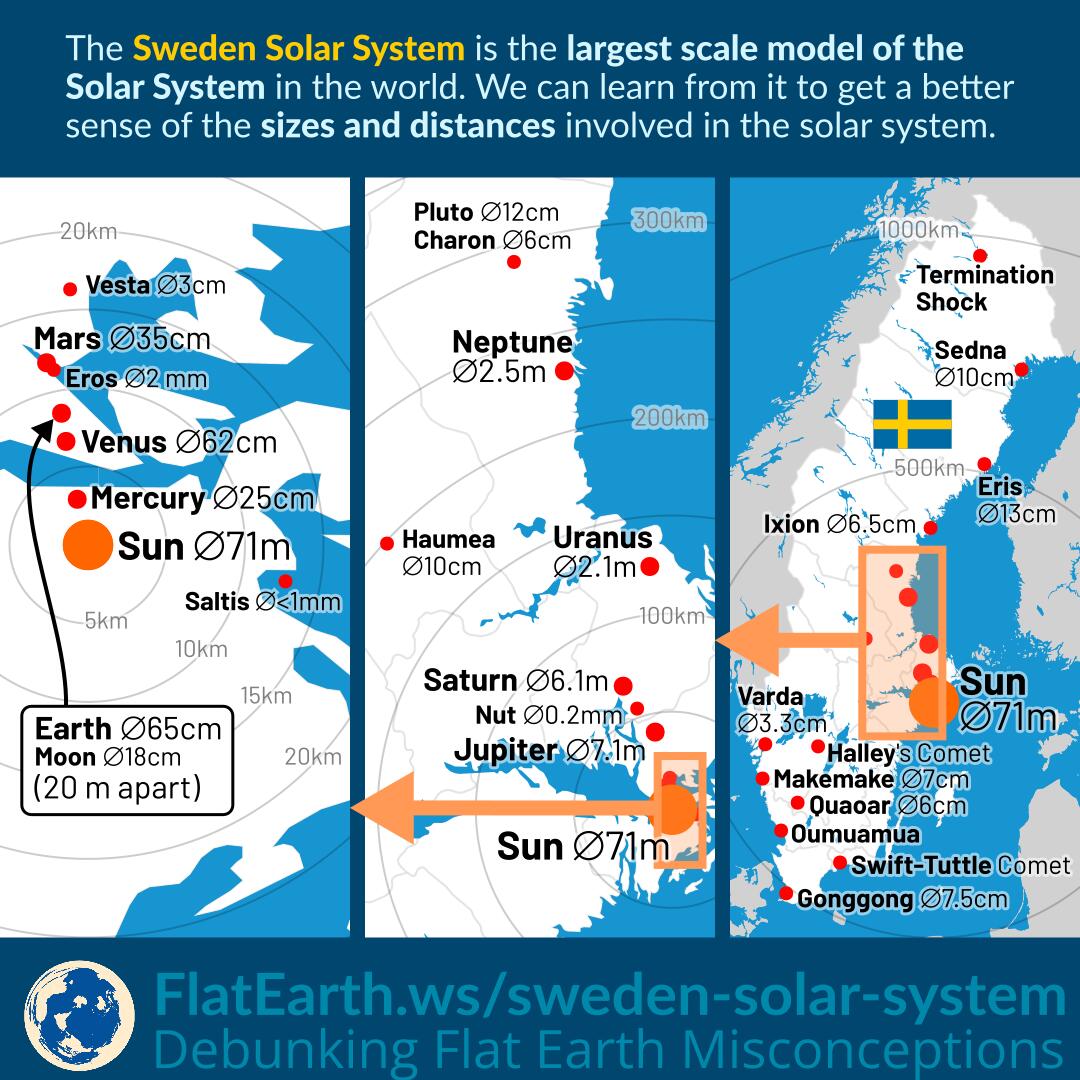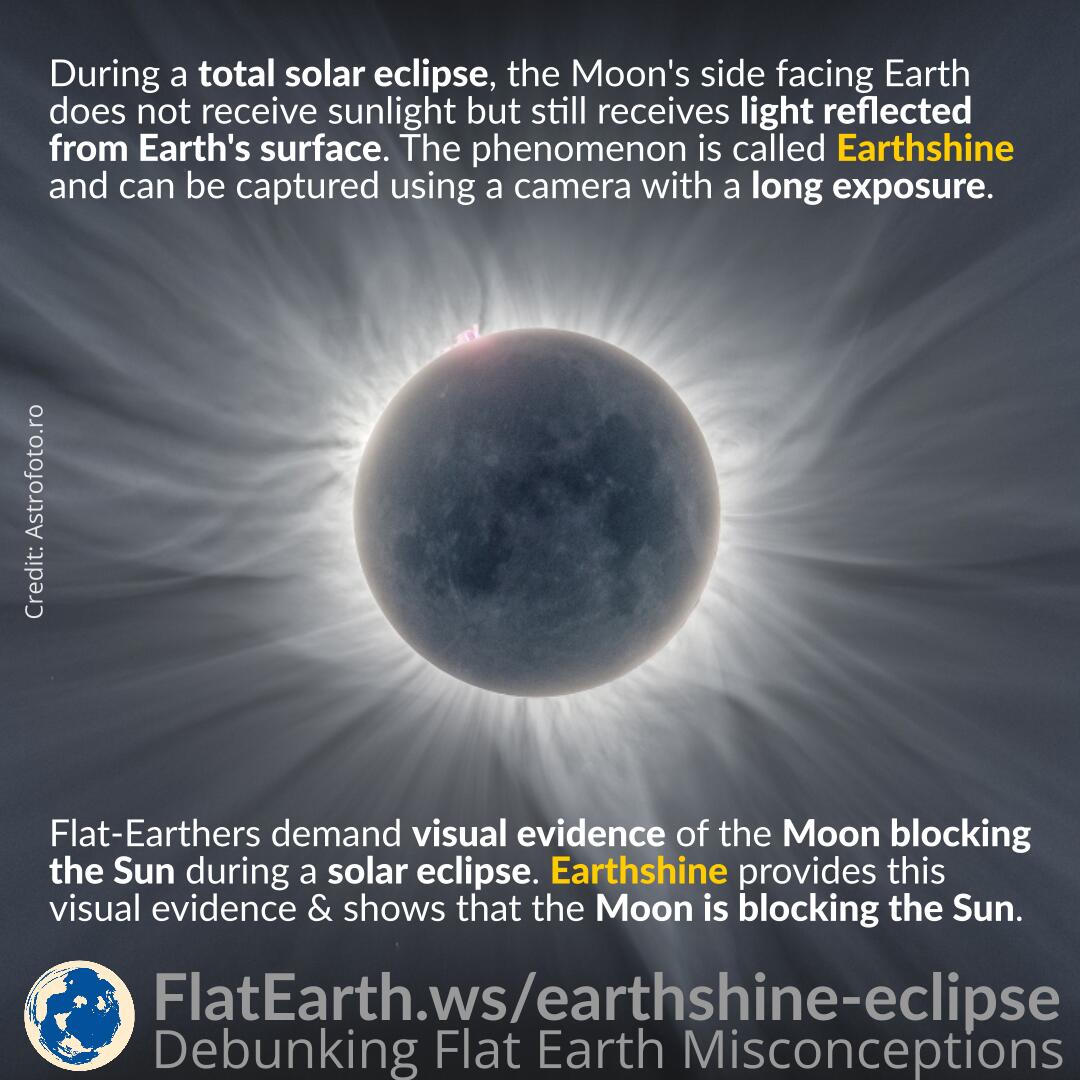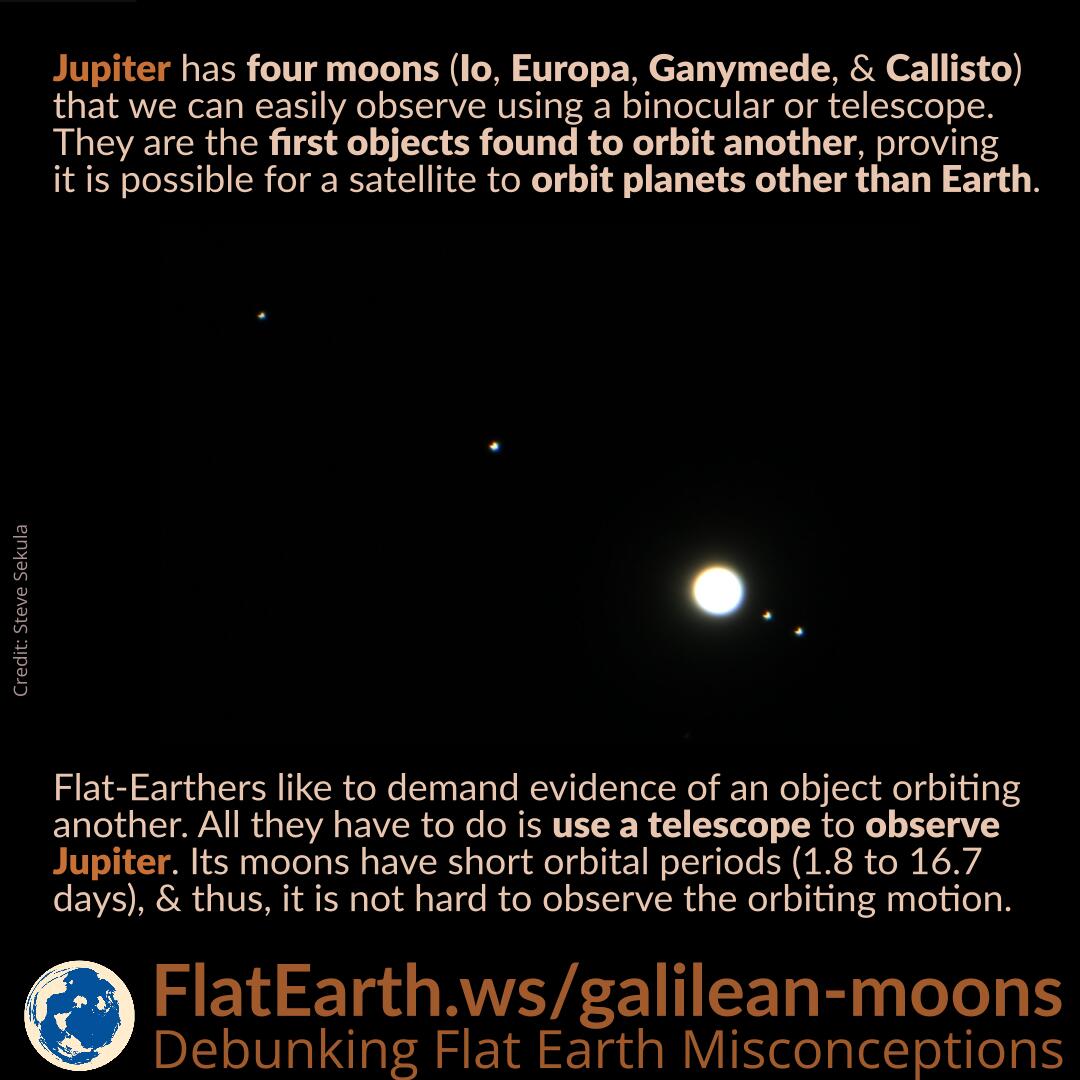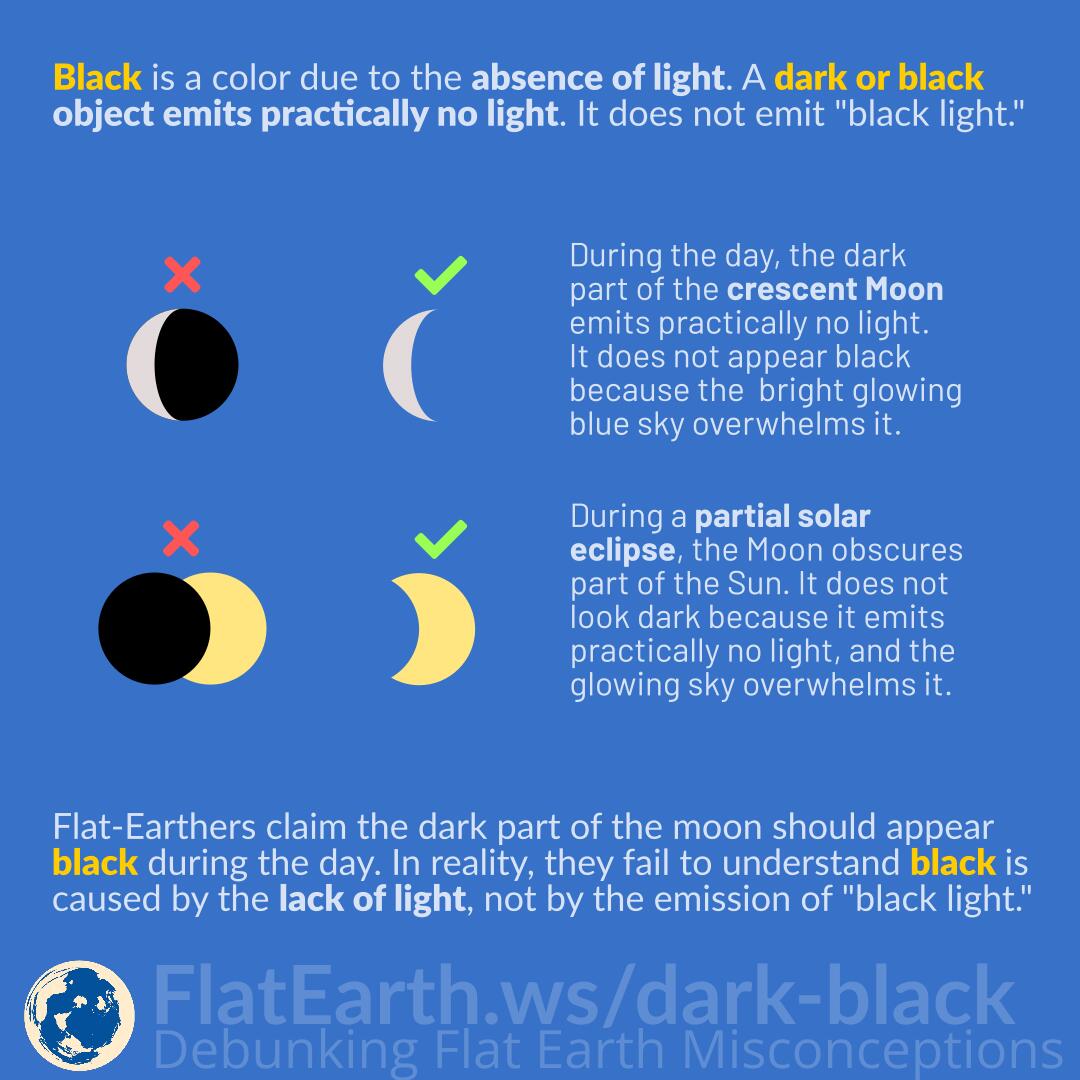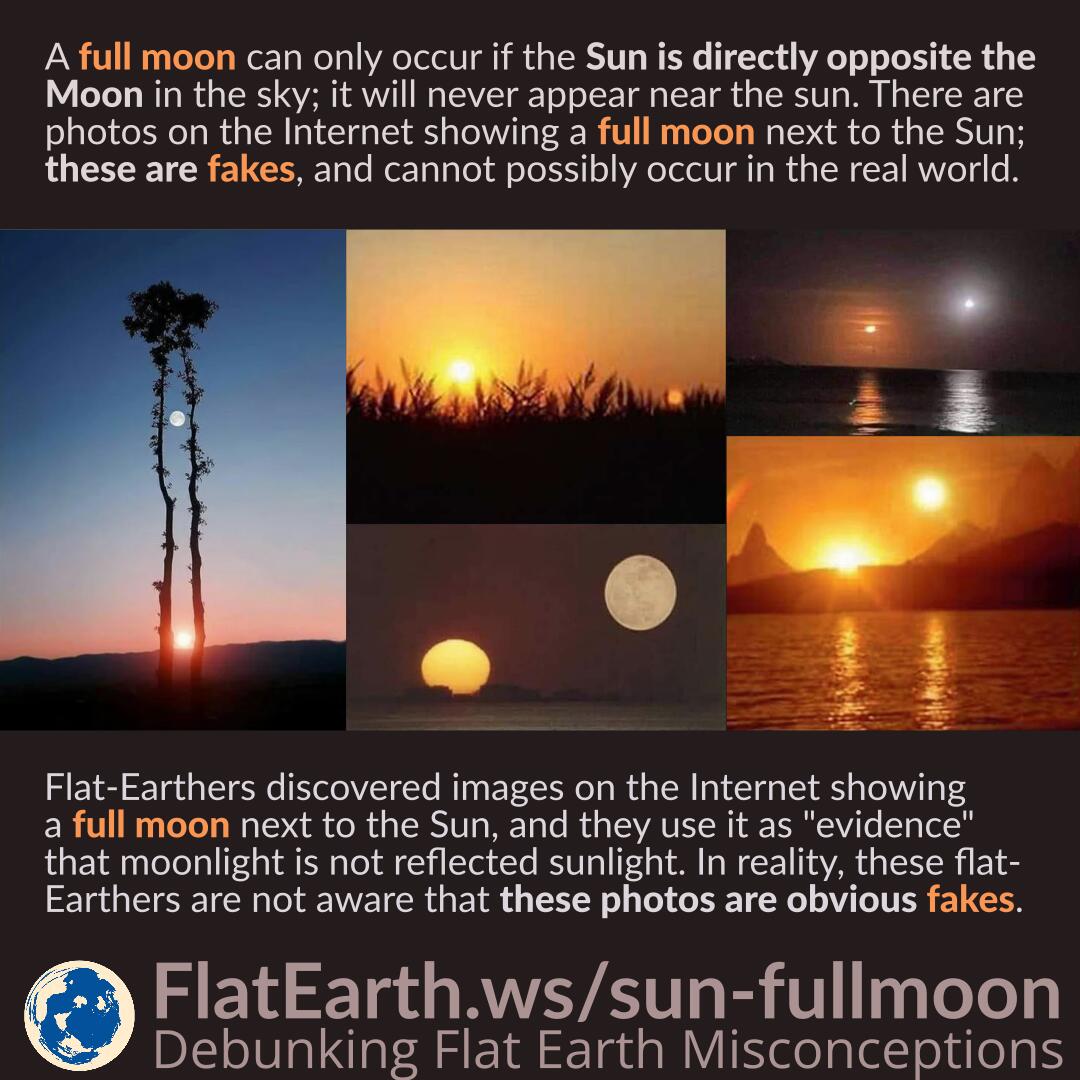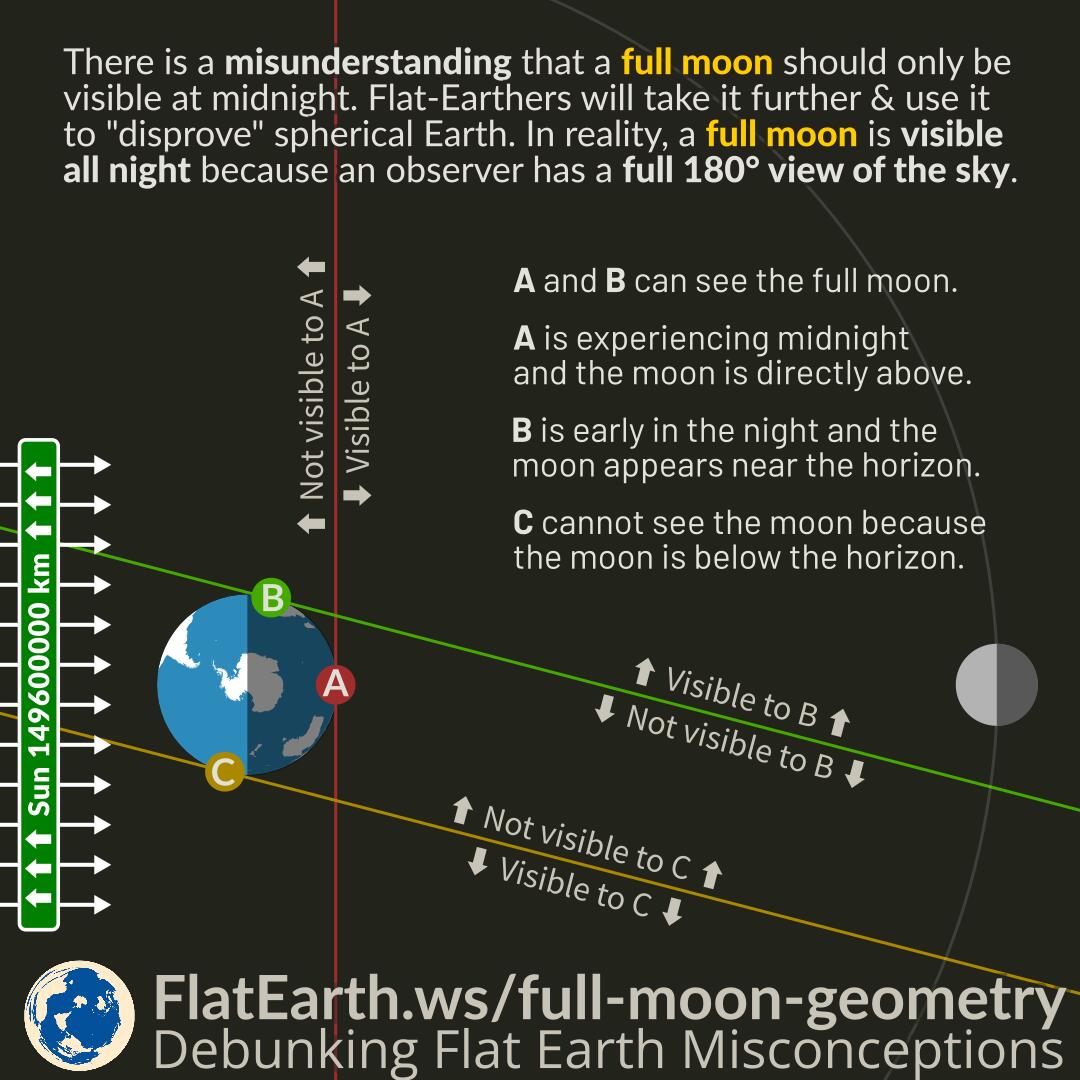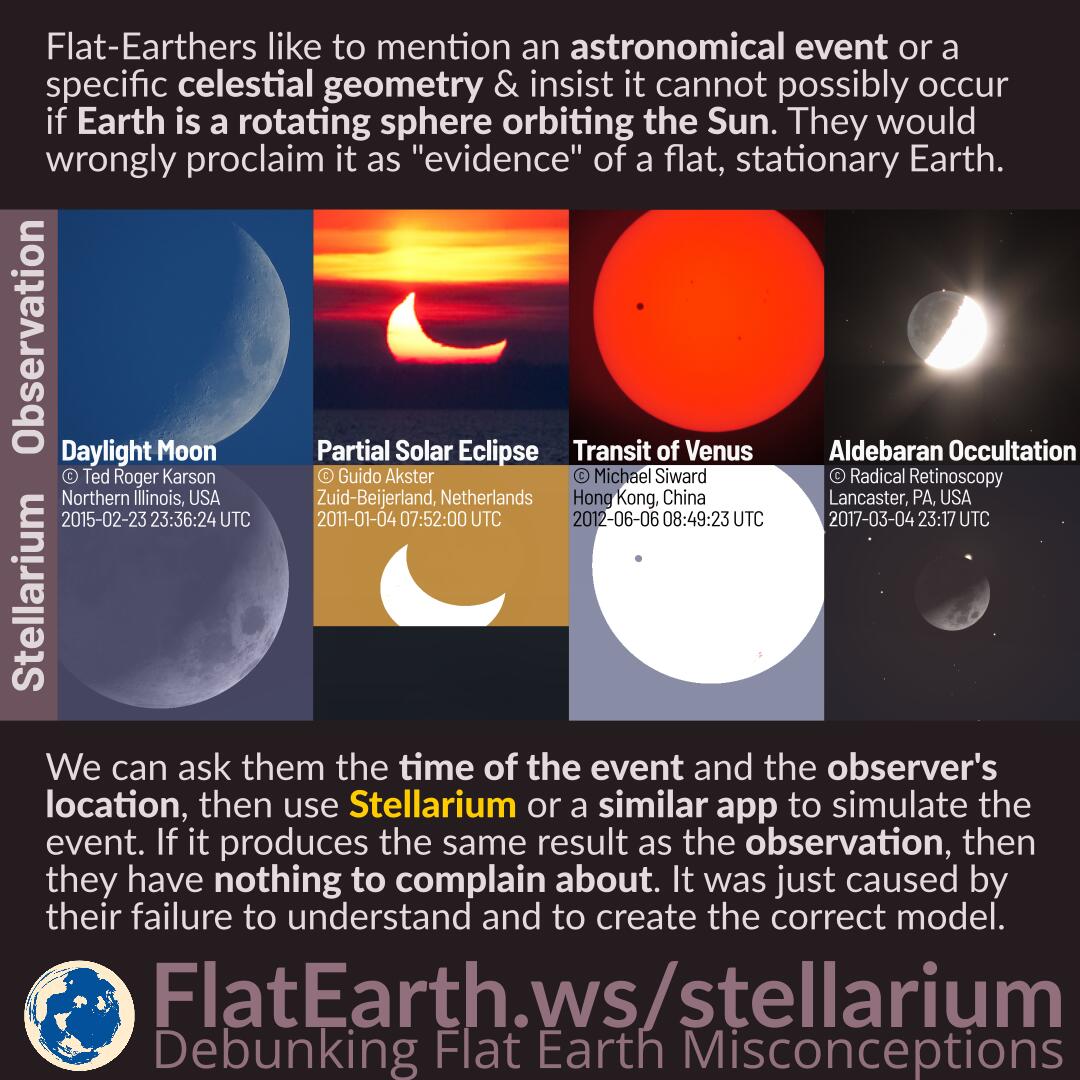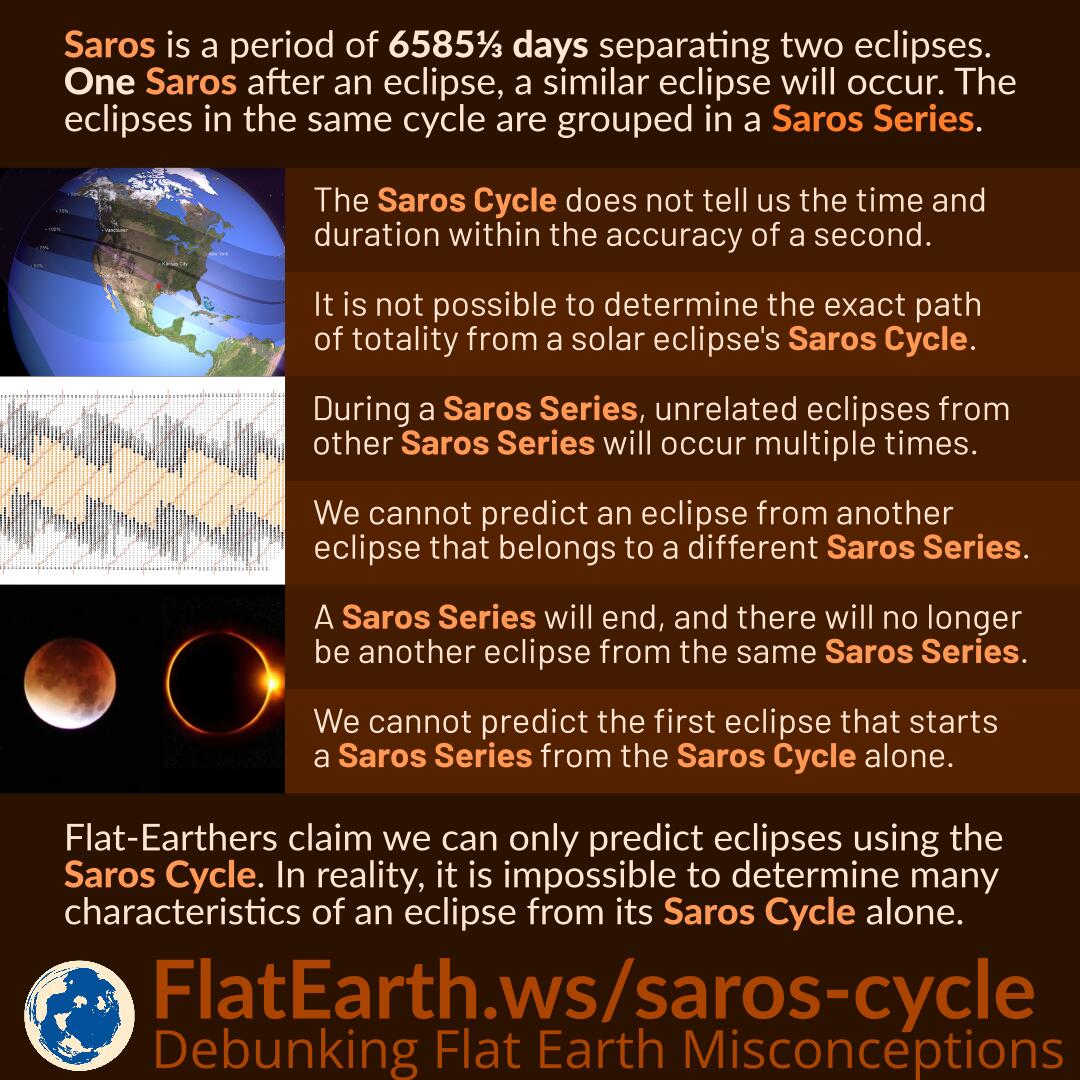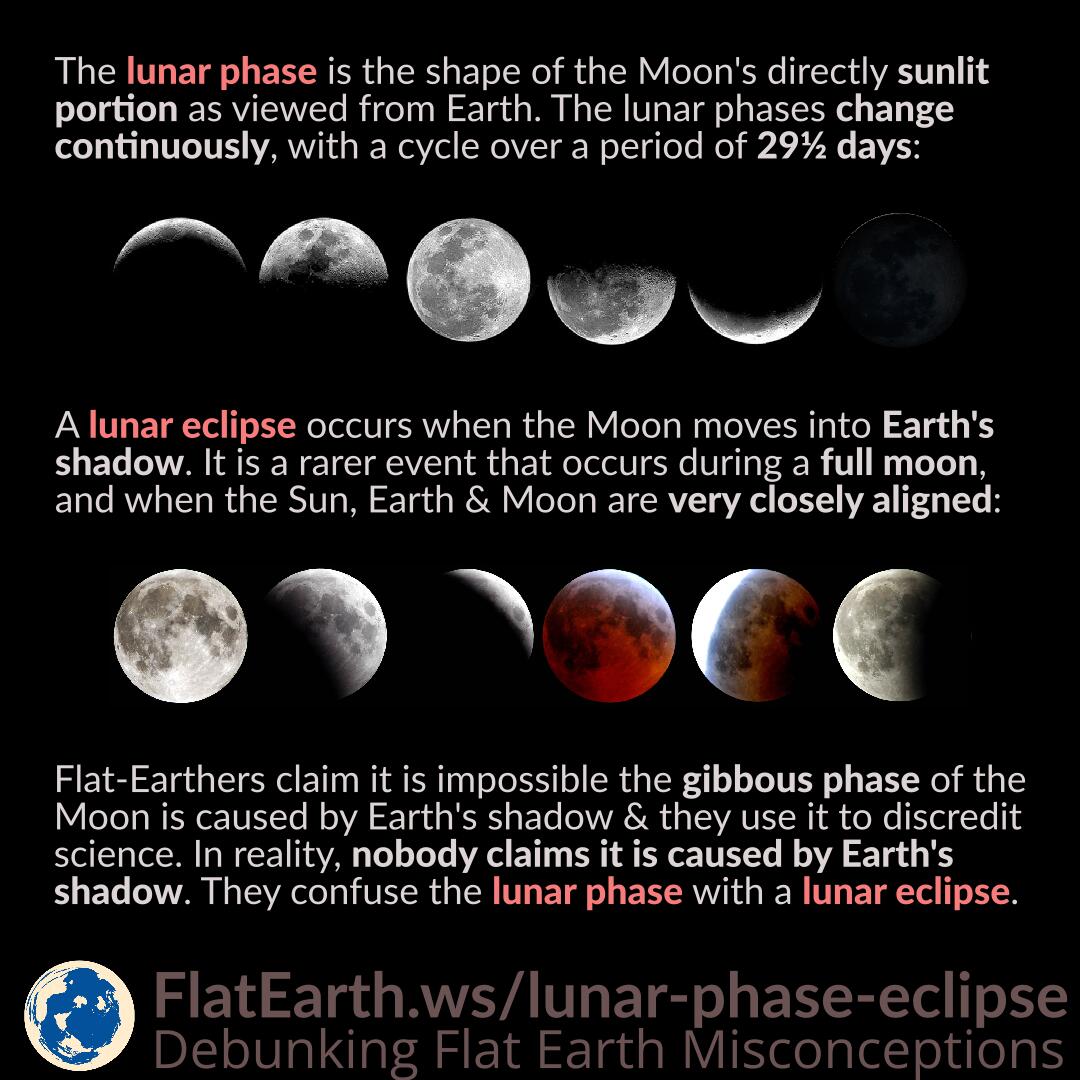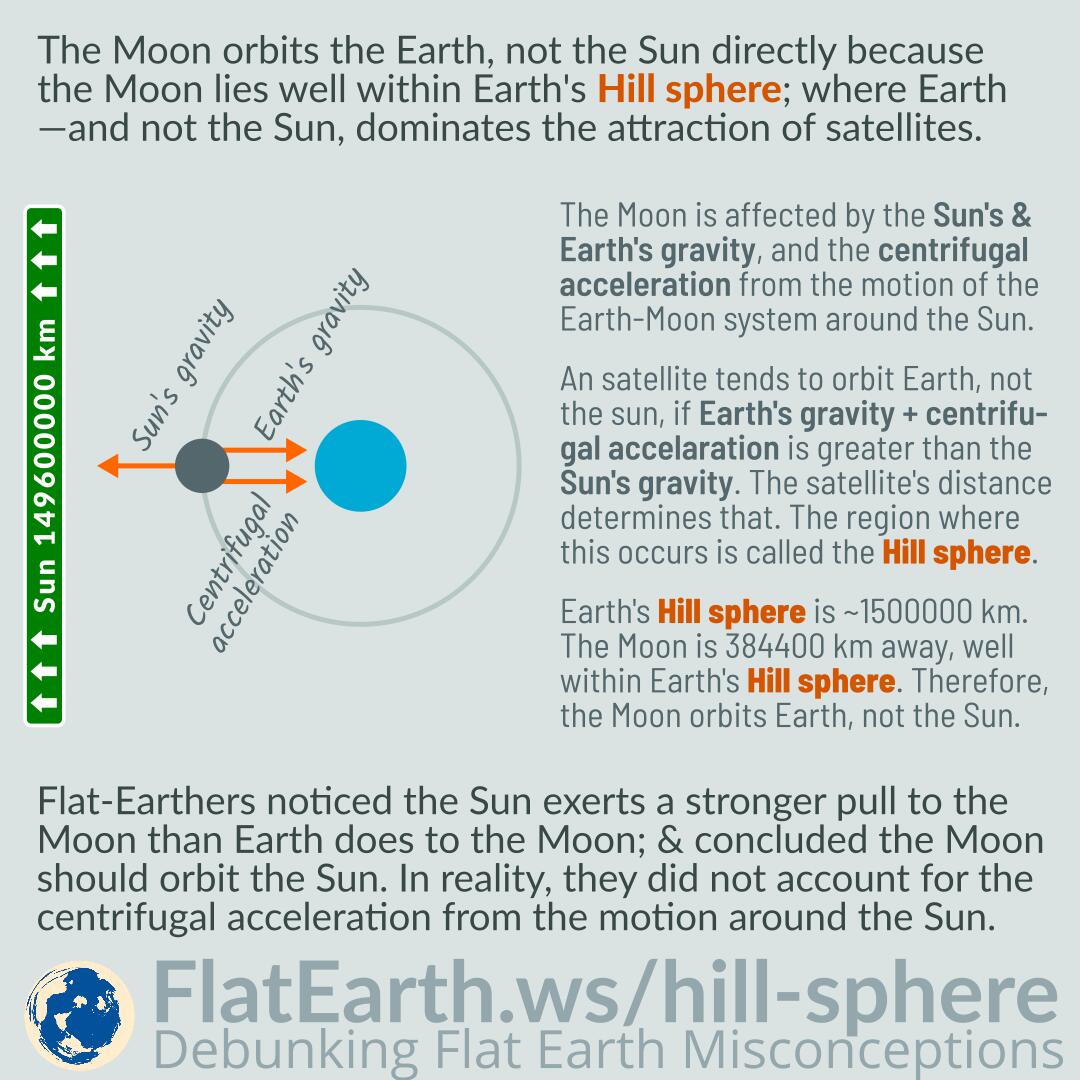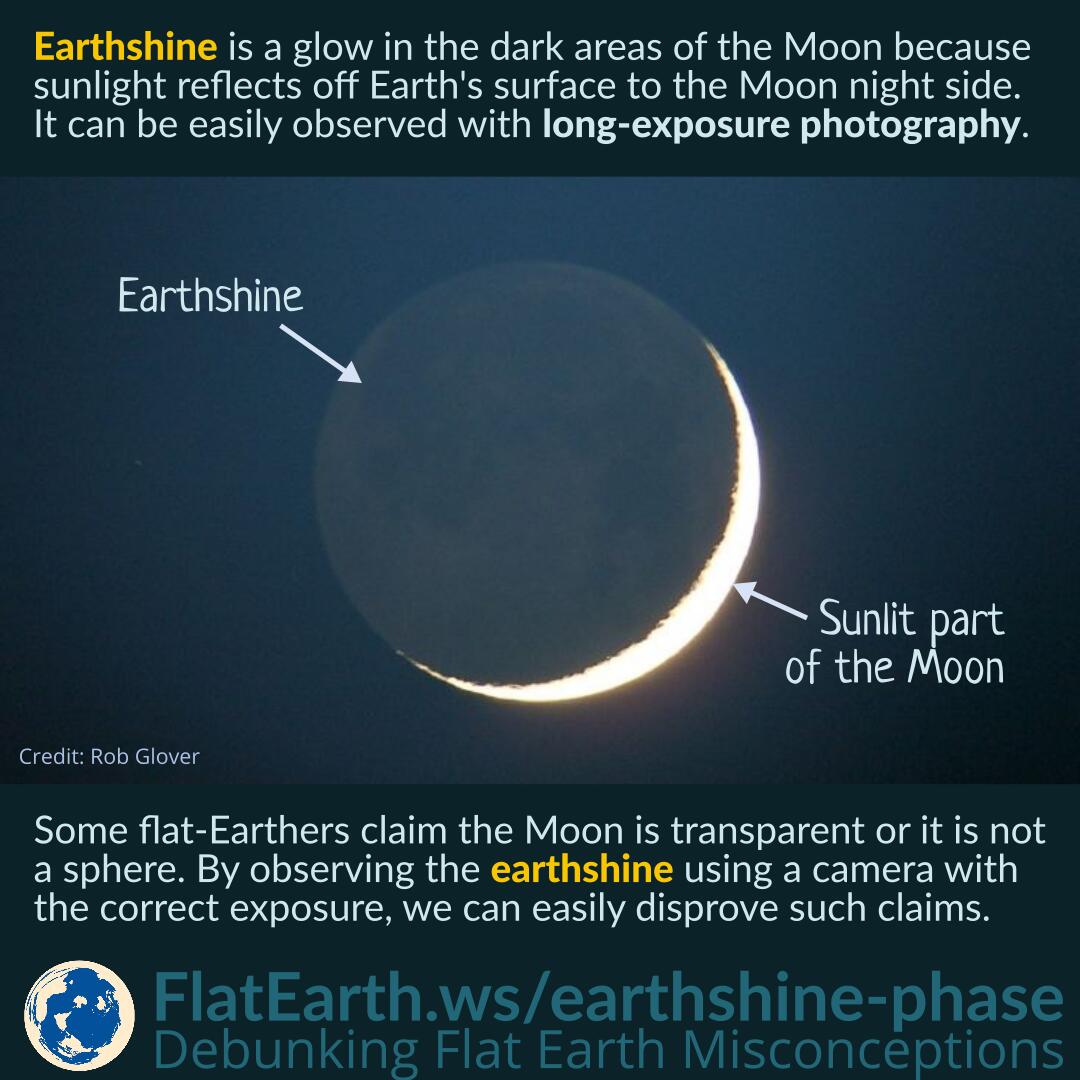Tides are caused by the difference in the strength and direction of lunar and solar gravity received by the different locations on Earth.
Much flat-Earth misinformation about tides arises from the wrong assumption that tides are caused by the strength of lunar gravity received by a specific location alone. In reality, tides are caused by the gradual change in the moon’s gravity over the entire Earth.



